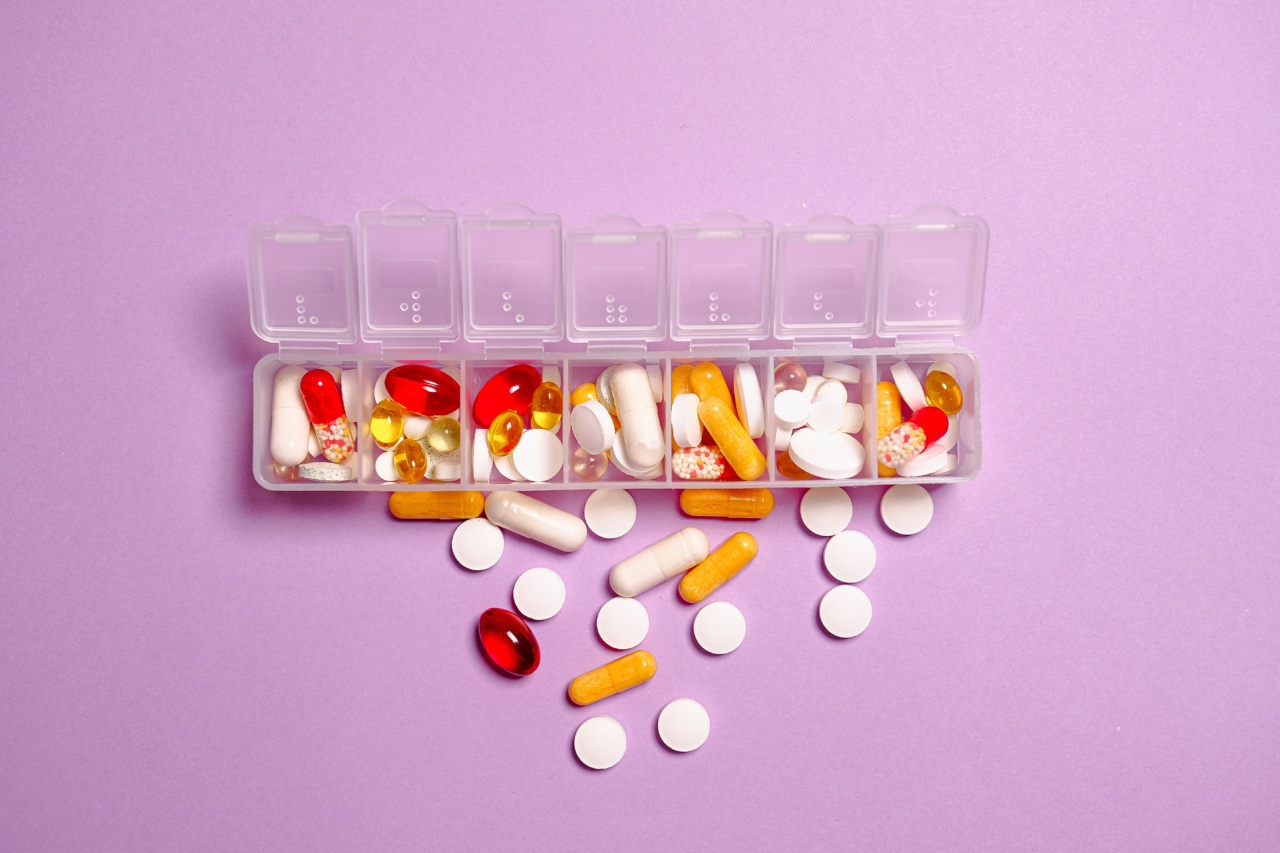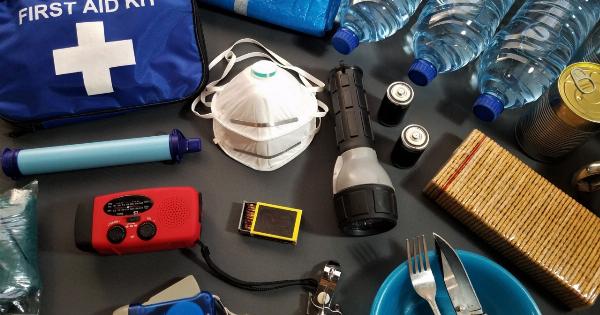Plastics have become an integral part of our daily lives, with various applications ranging from food packaging to household items. However, recent research has uncovered numerous health risks associated with the use of everyday plastics.
From harmful chemicals to potential carcinogens, these materials can have detrimental impacts on both our bodies and the environment. In this article, we will explore some of the major health risks posed by everyday plastics and ways to mitigate their effects.
1. Bisphenol A (BPA)
Bisphenol A, commonly known as BPA, is a chemical compound found in many plastics, particularly those used for food and beverage containers.
Studies have shown that BPA can leach into the food and drinks we consume, especially when exposed to heat or acidic conditions. This is concerning because BPA is an endocrine disruptor, which means it can interfere with hormonal balance in the body. It has been linked to various health issues, such as reproductive disorders, diabetes, obesity, and even certain cancers.
2. Phthalates
Phthalates are another group of chemicals commonly found in plastics, including vinyl flooring, shower curtains, and children’s toys. Like BPA, phthalates are known endocrine disruptors.
They can disrupt the normal functioning of hormones in our bodies, leading to reproductive problems, developmental issues in children, and increased risk of obesity and diabetes. Pregnant women and young children are particularly vulnerable to the harmful effects of phthalates.
3. Polyvinyl Chloride (PVC)
Polyvinyl Chloride, or PVC, is a widely used plastic known for its durability and versatility. However, PVC contains various additives, such as phthalates and lead, which pose significant health risks.
Inhalation or ingestion of PVC particles can release toxic chemicals into the air or food, leading to respiratory problems, liver and kidney damage, and even certain types of cancer. Avoiding products made with PVC, especially in children’s toys and food packaging, can help reduce exposure to these harmful substances.
4. Styrene
Styrene is a chemical compound used in the production of polystyrene, a common plastic found in disposable food containers, cups, and foam packaging. When heated, Styrene can leach into food and drinks, posing health risks to consumers.
It is considered a probable human carcinogen by the International Agency for Research on Cancer (IARC). Prolonged exposure to Styrene has been associated with various health problems, including respiratory issues, central nervous system effects, and increased risk of certain cancers.
5. Microplastics
Microplastics are tiny plastic particles that are less than five millimeters in size. They are a byproduct of the fragmentation of larger plastics or are intentionally added to personal care products like toothpaste and body scrubs.
These particles can contaminate water sources, air, and food, leading to potential health risks. Ingesting microplastics can damage the digestive system, while inhaling them can cause respiratory issues. Long-term exposure may also result in inflammation, oxidative stress, and disruption of the immune system.
6. Environmental Impact
Aside from the direct health risks associated with plastics, their impact on the environment also poses indirect health hazards. Plastics take hundreds of years to decompose, leading to an accumulation of waste in landfills and oceans.
The breakdown of plastics releases harmful chemicals into the environment, contaminating water sources and endangering marine life. Consuming seafood contaminated with microplastics can introduce toxins into our bodies, impacting our health in ways that are not yet fully understood.
7. Safer Alternatives
Thankfully, several safer alternatives to everyday plastics are available. Glass and stainless steel containers can be used for food storage, reducing the risk of chemical leaching.
Natural fiber-based materials, like cotton or bamboo, can be used as alternatives to plastic packaging. Choosing products that are labeled as BPA-free or phthalate-free can also help minimize exposure to these harmful substances.
8. Proper Handling and Disposal
Proper handling and disposal of plastics can also minimize health risks. Avoid microwaving food in plastic containers and never use cracked or damaged plastic products.
When disposing of plastics, recycle whenever possible to reduce plastic waste and prevent further environmental contamination.
9. Government Regulations
Government regulations play a crucial role in ensuring the safety of plastics and protecting public health.
Stricter guidelines and bans on certain types of plastics, such as microbeads in personal care products, can help reduce exposure to harmful substances. Increased transparency and labeling requirements can also enable consumers to make informed choices about the products they purchase.
10. Personal Awareness and Responsibility
Ultimately, personal awareness and responsibility are key in minimizing the health risks associated with everyday plastics.
Educating ourselves about the potential hazards of certain plastics and making conscious choices to reduce our reliance on them can have a significant impact. By opting for reusable materials, supporting sustainable packaging initiatives, and advocating for environmentally friendly practices, we can protect our health and the future of our planet.






























